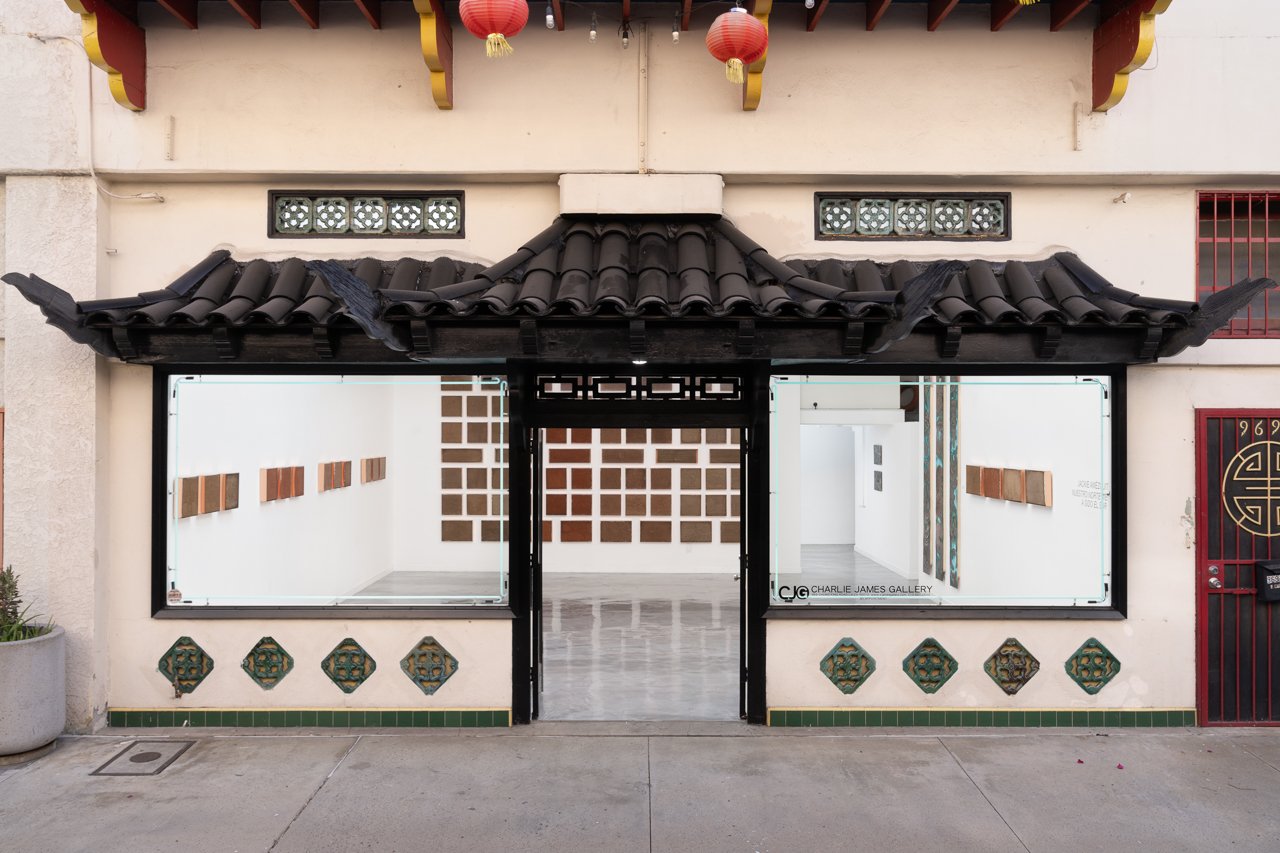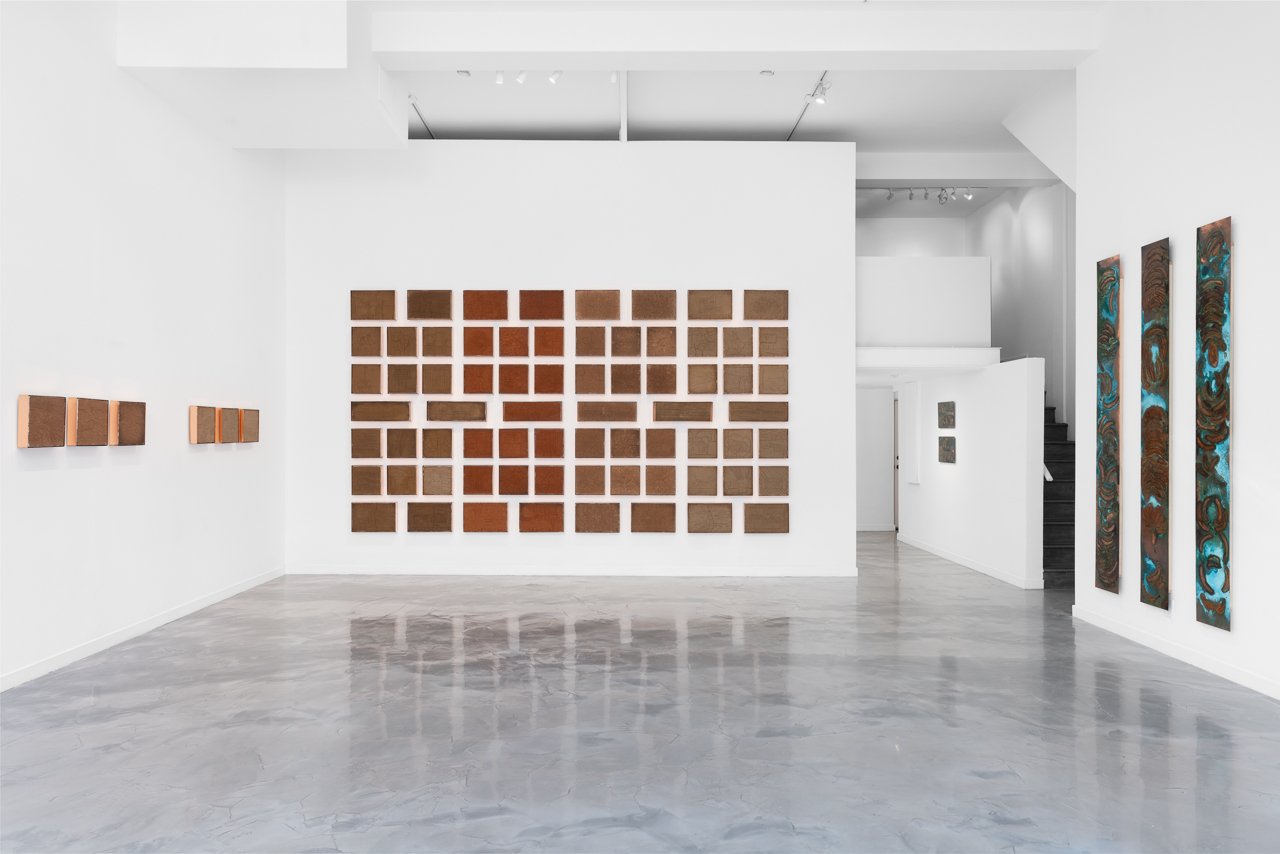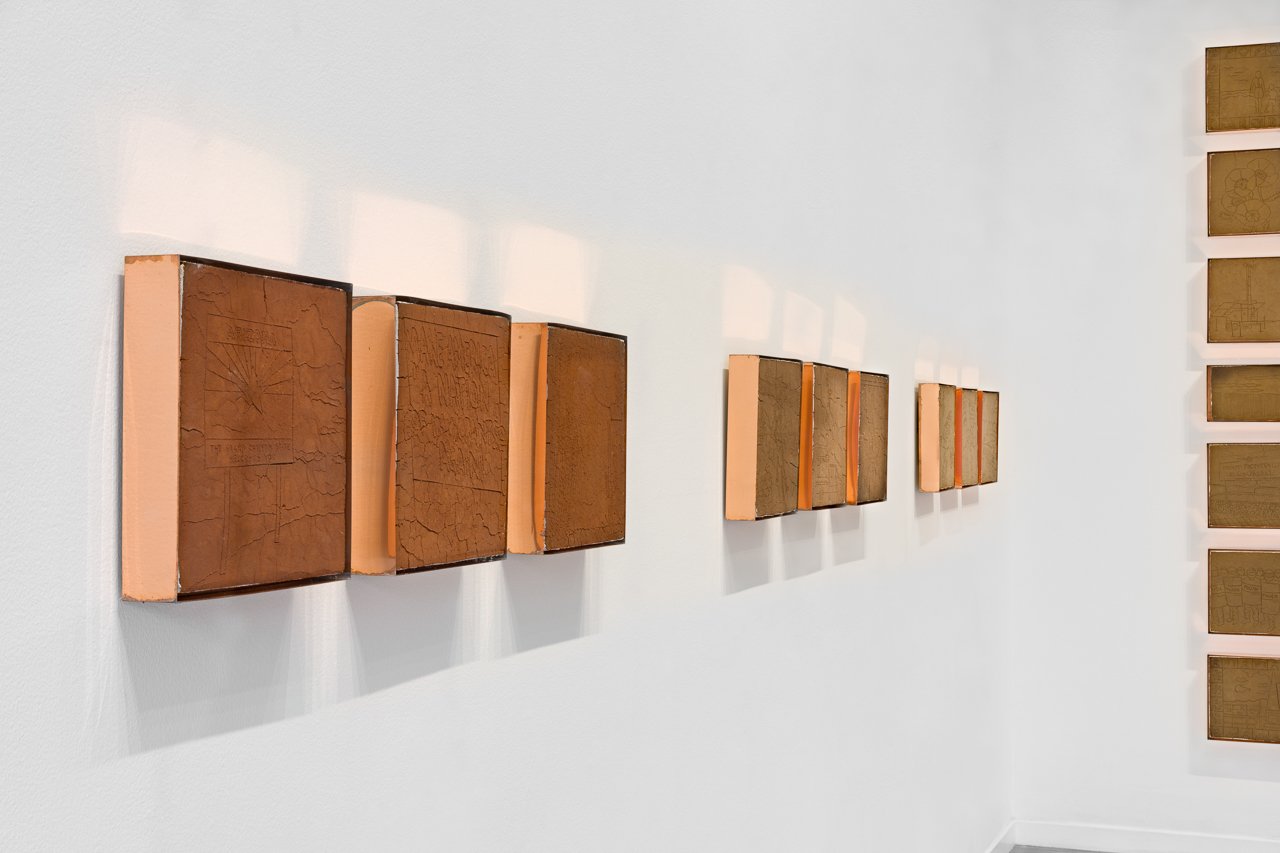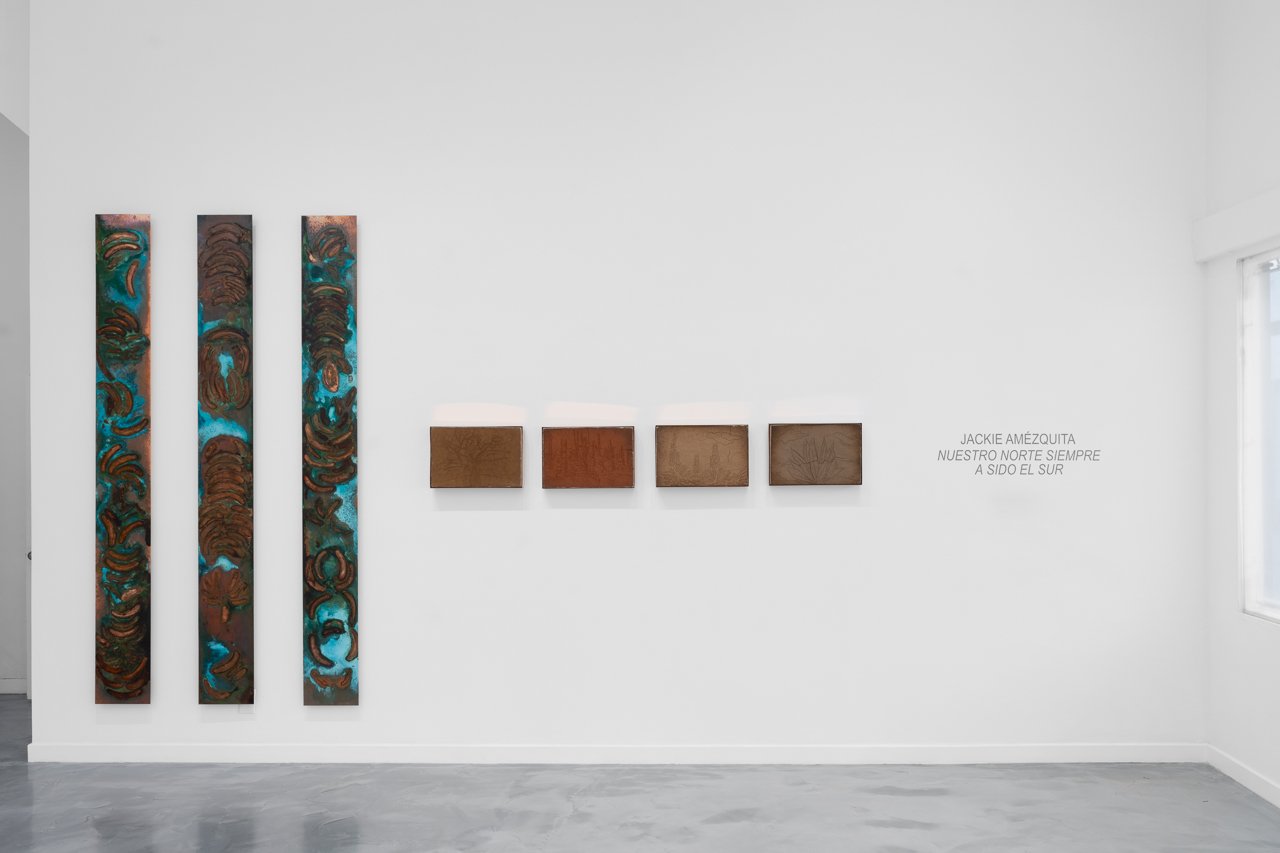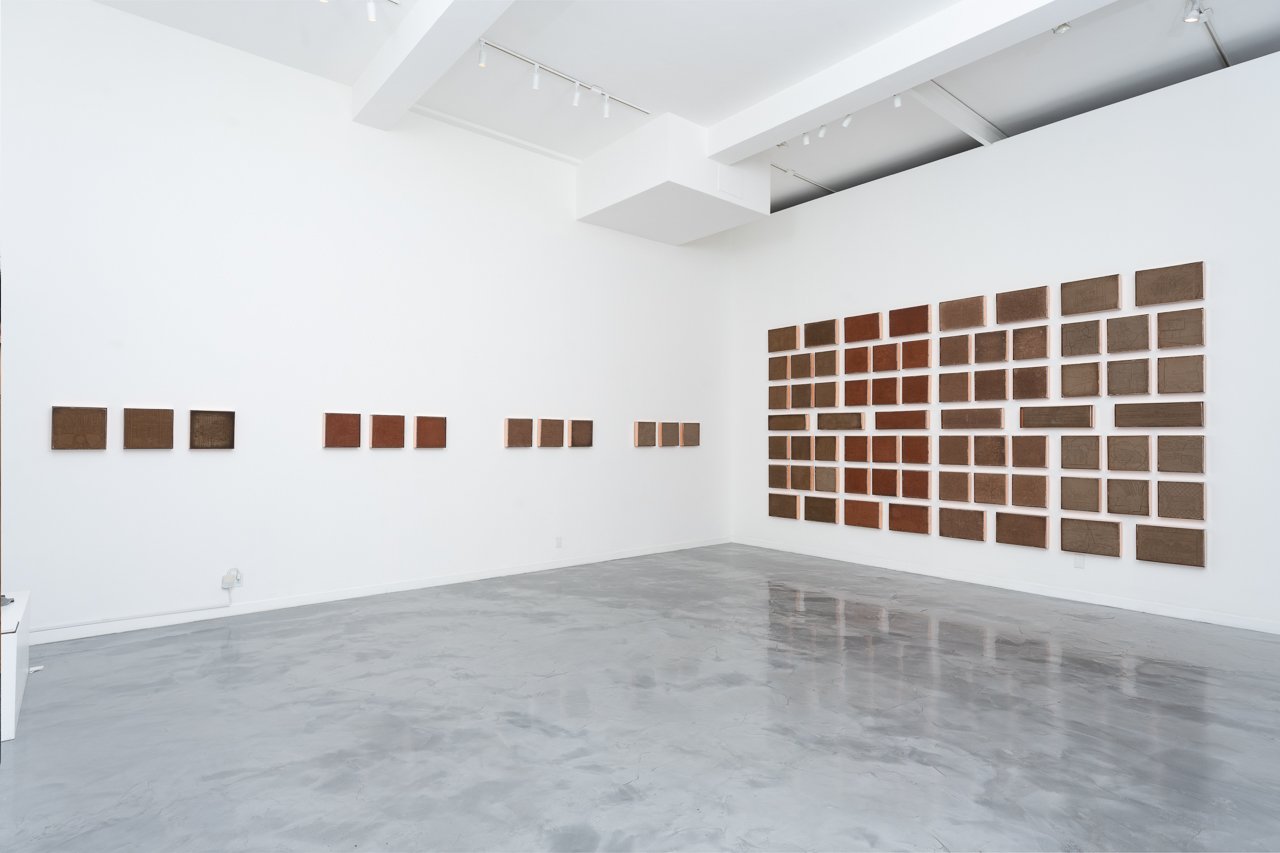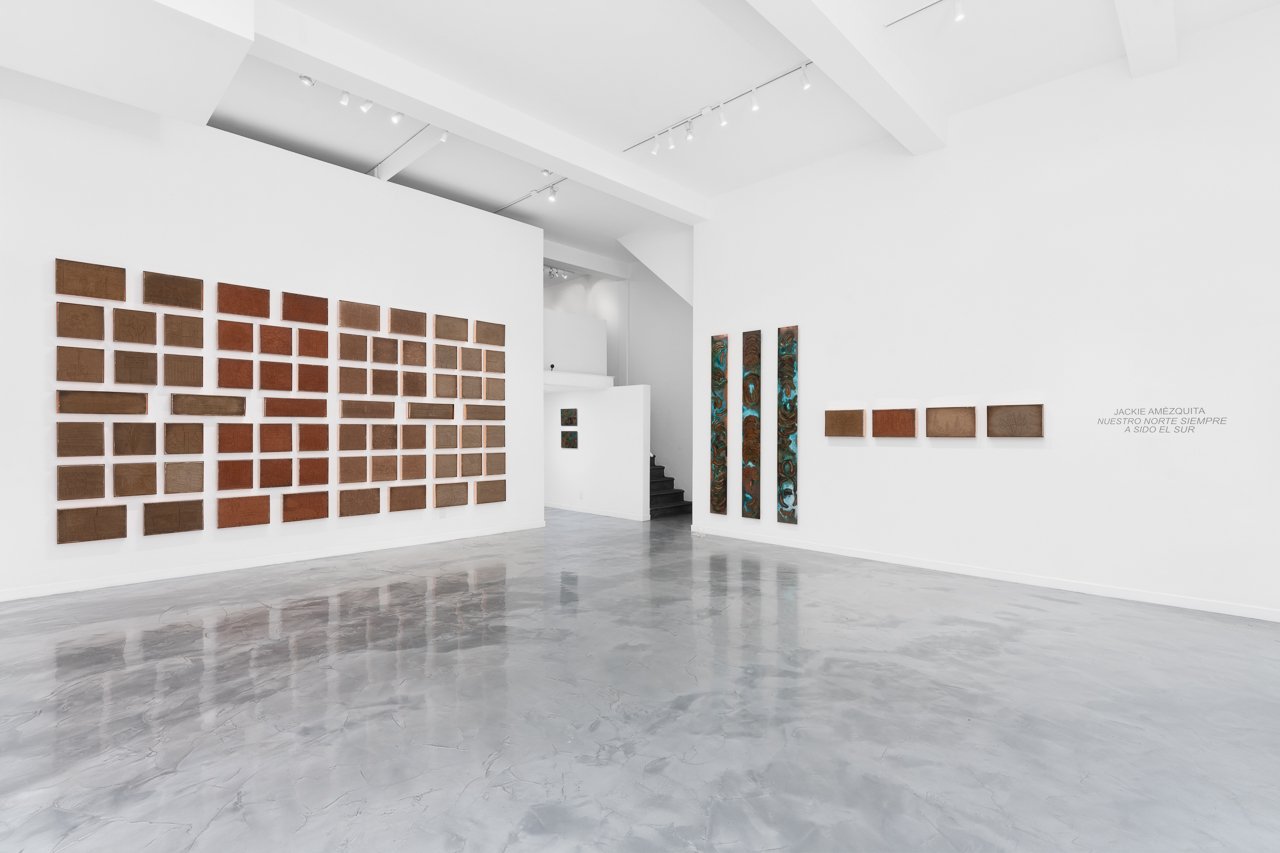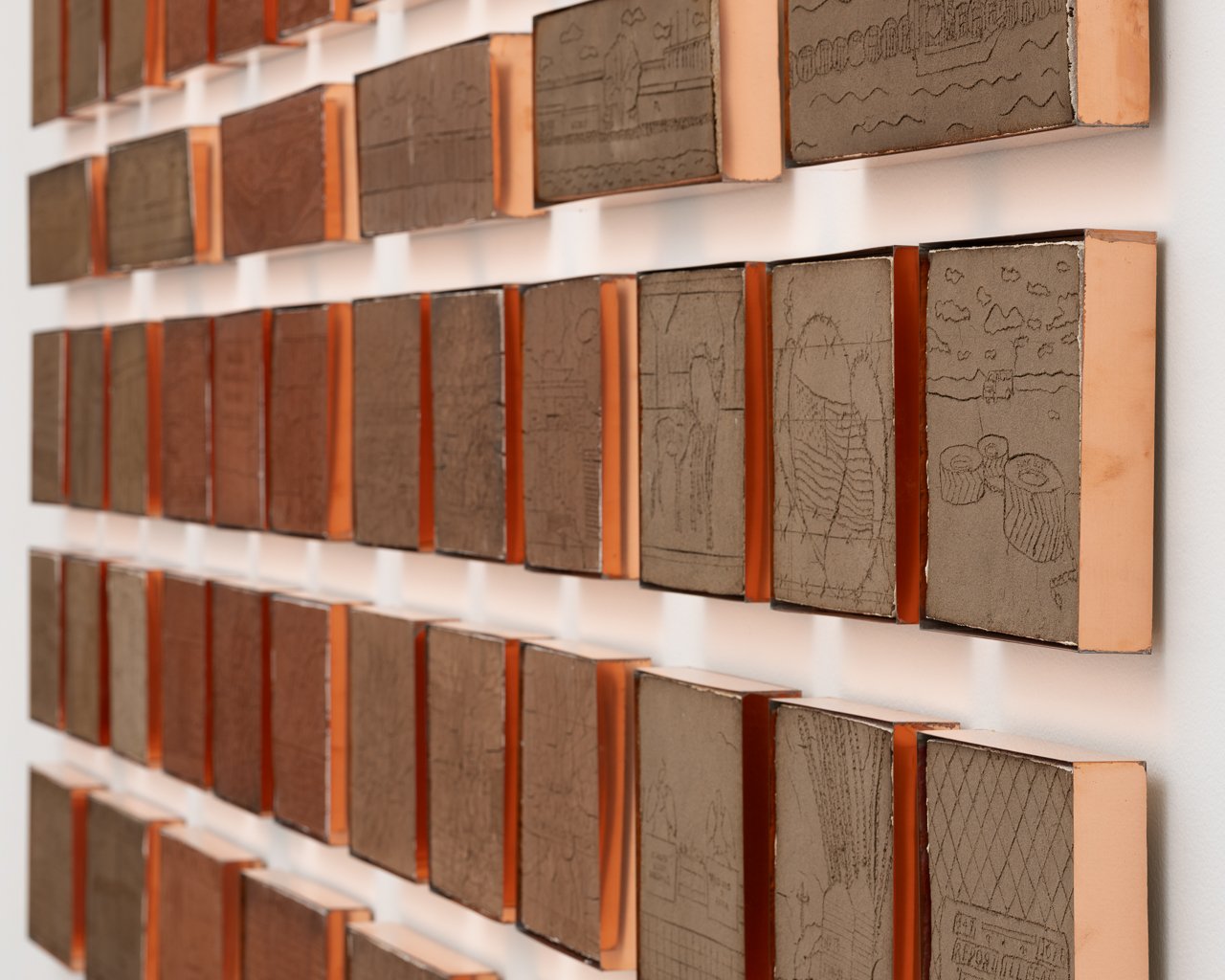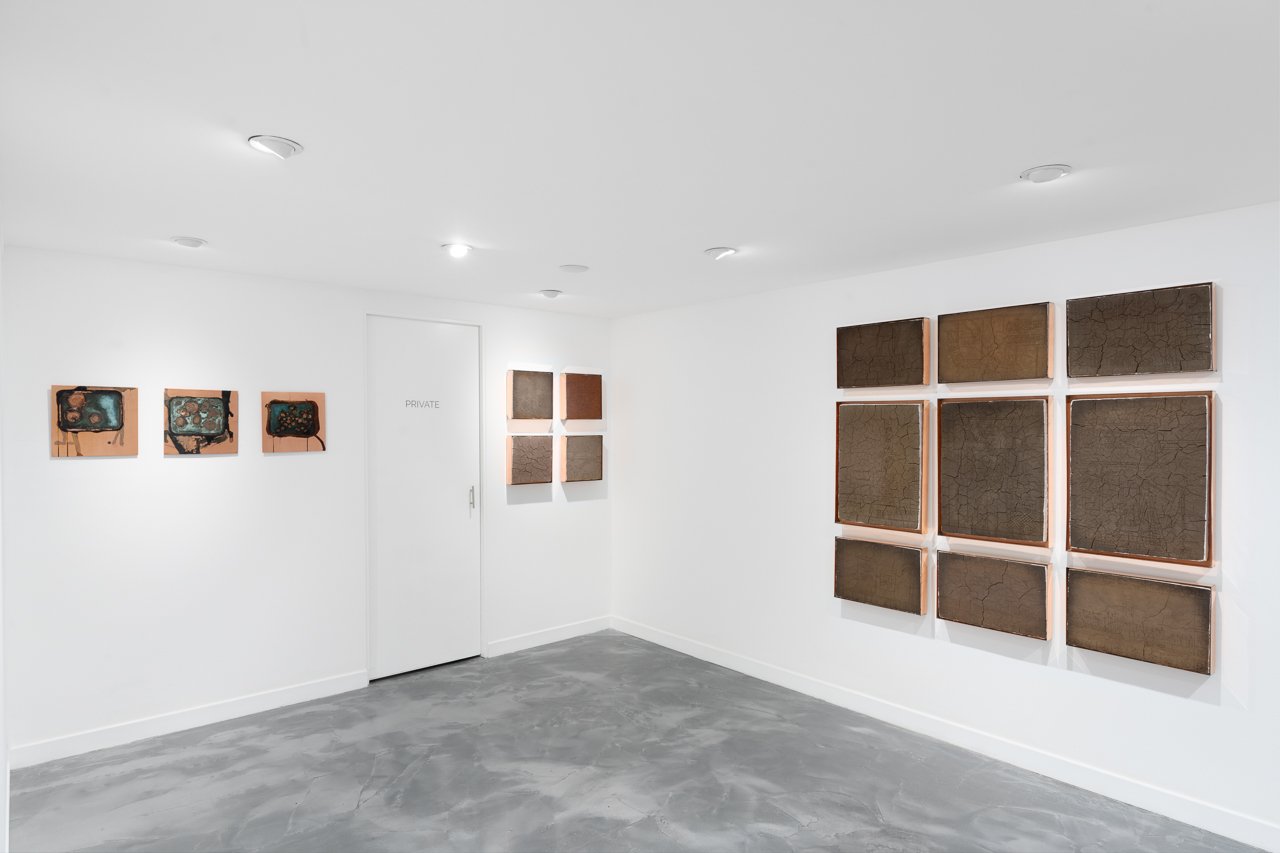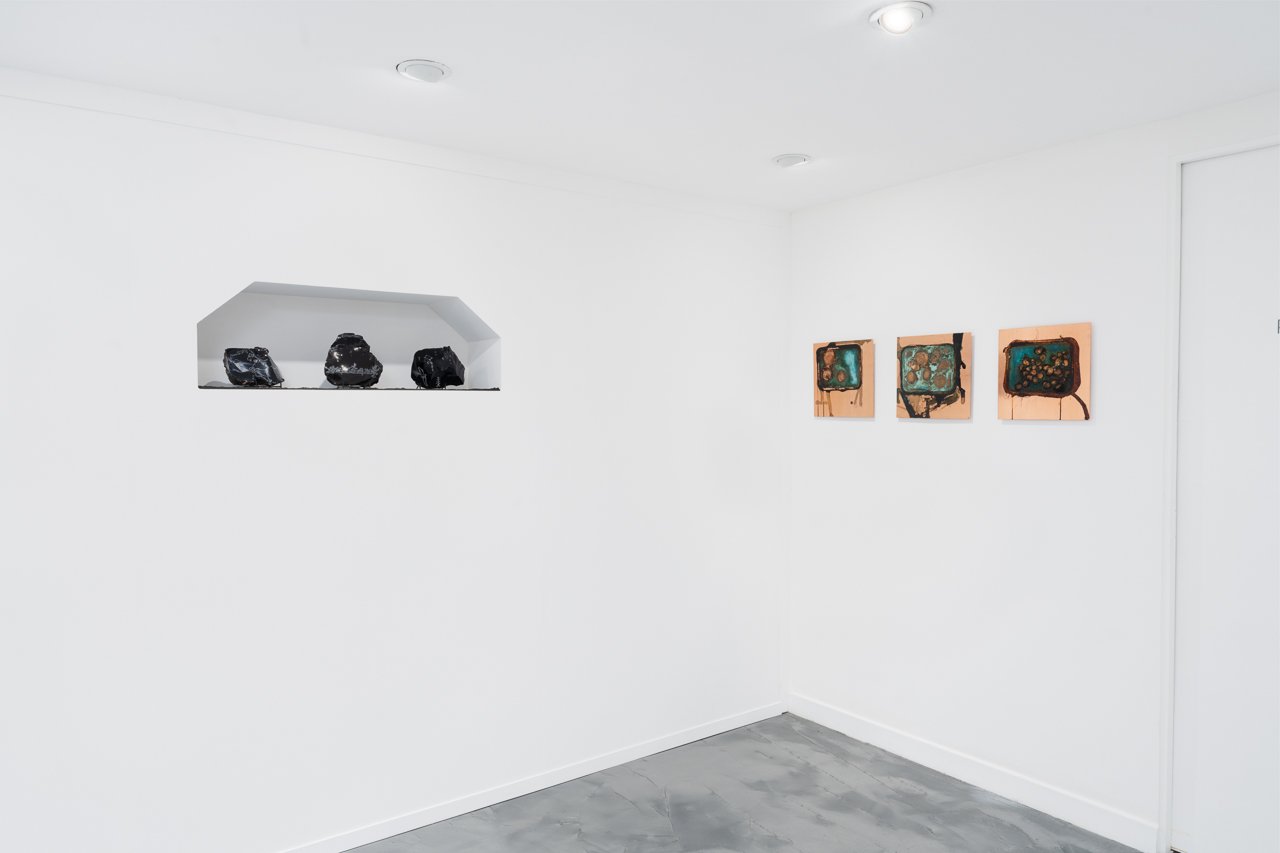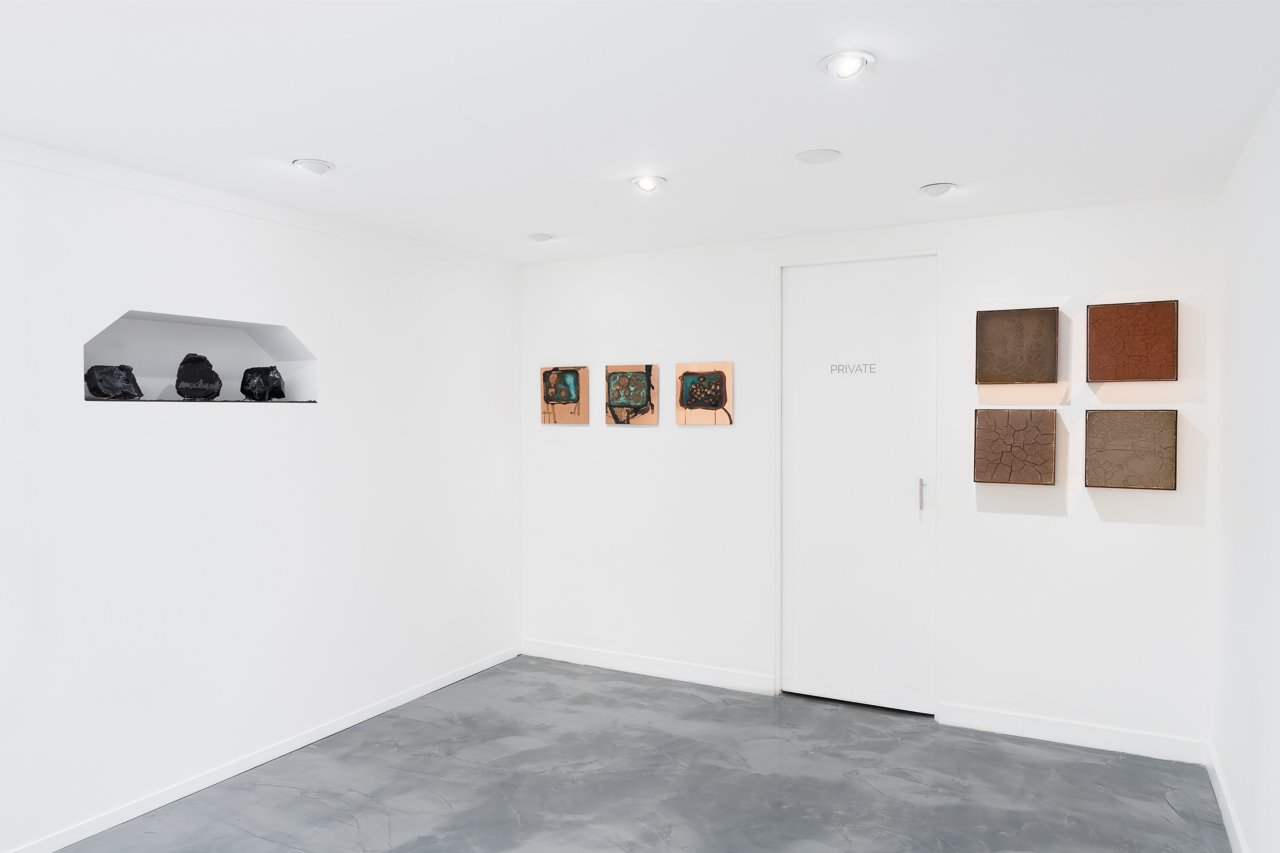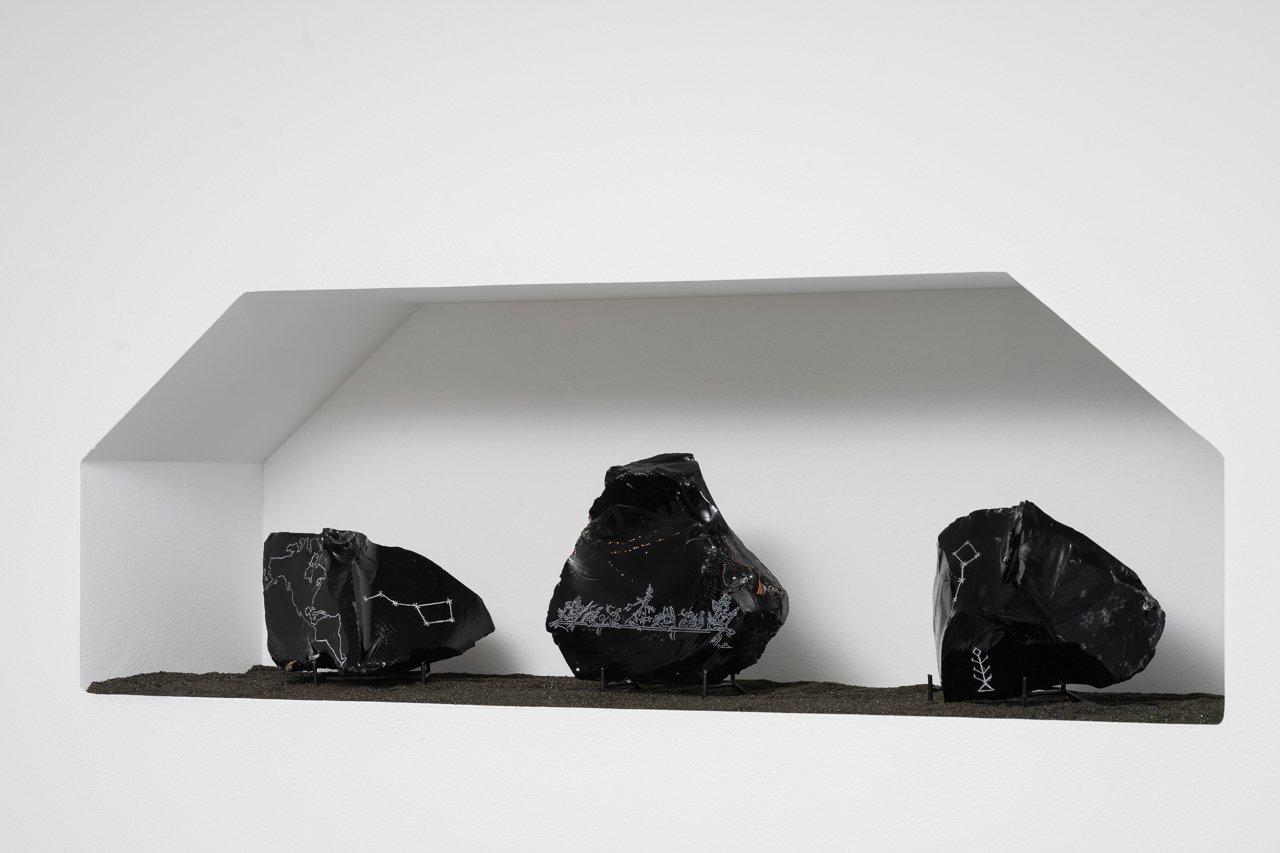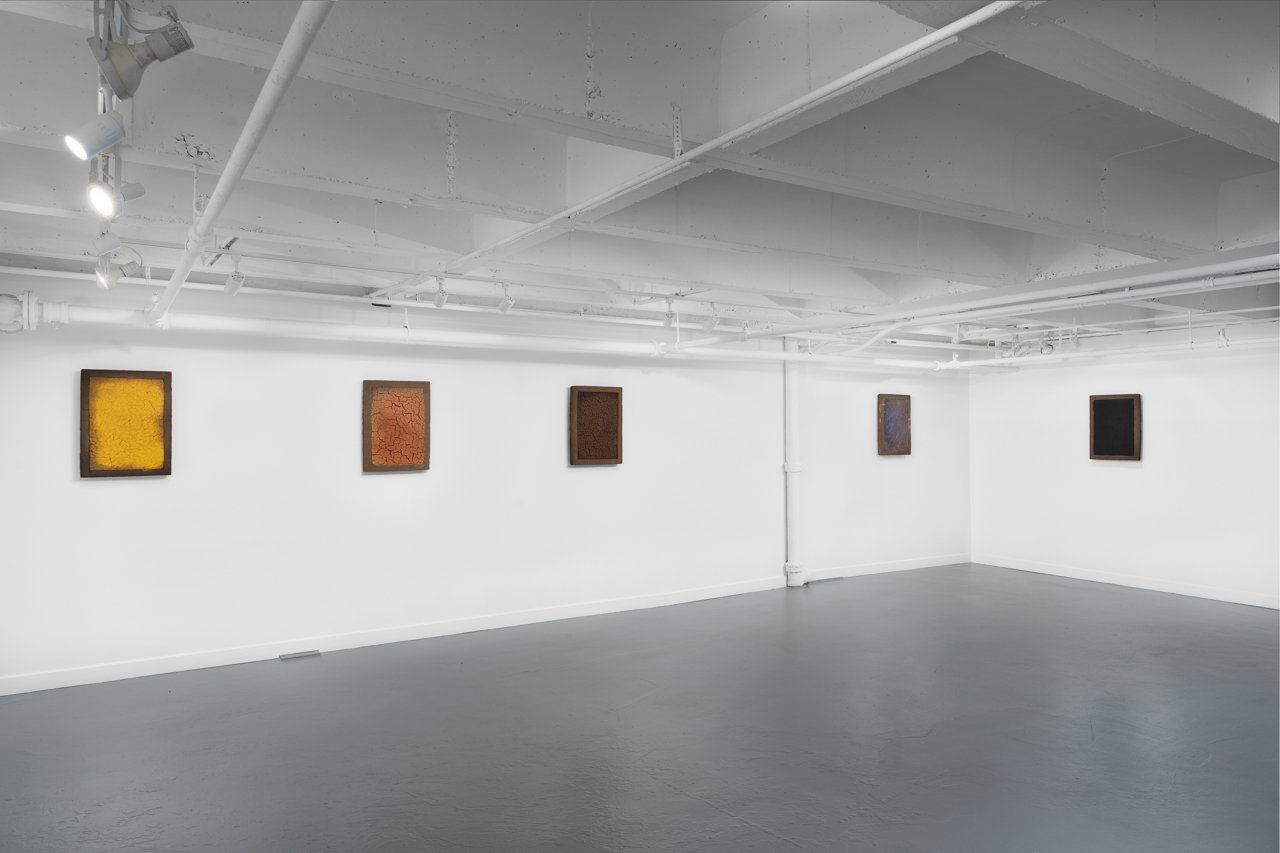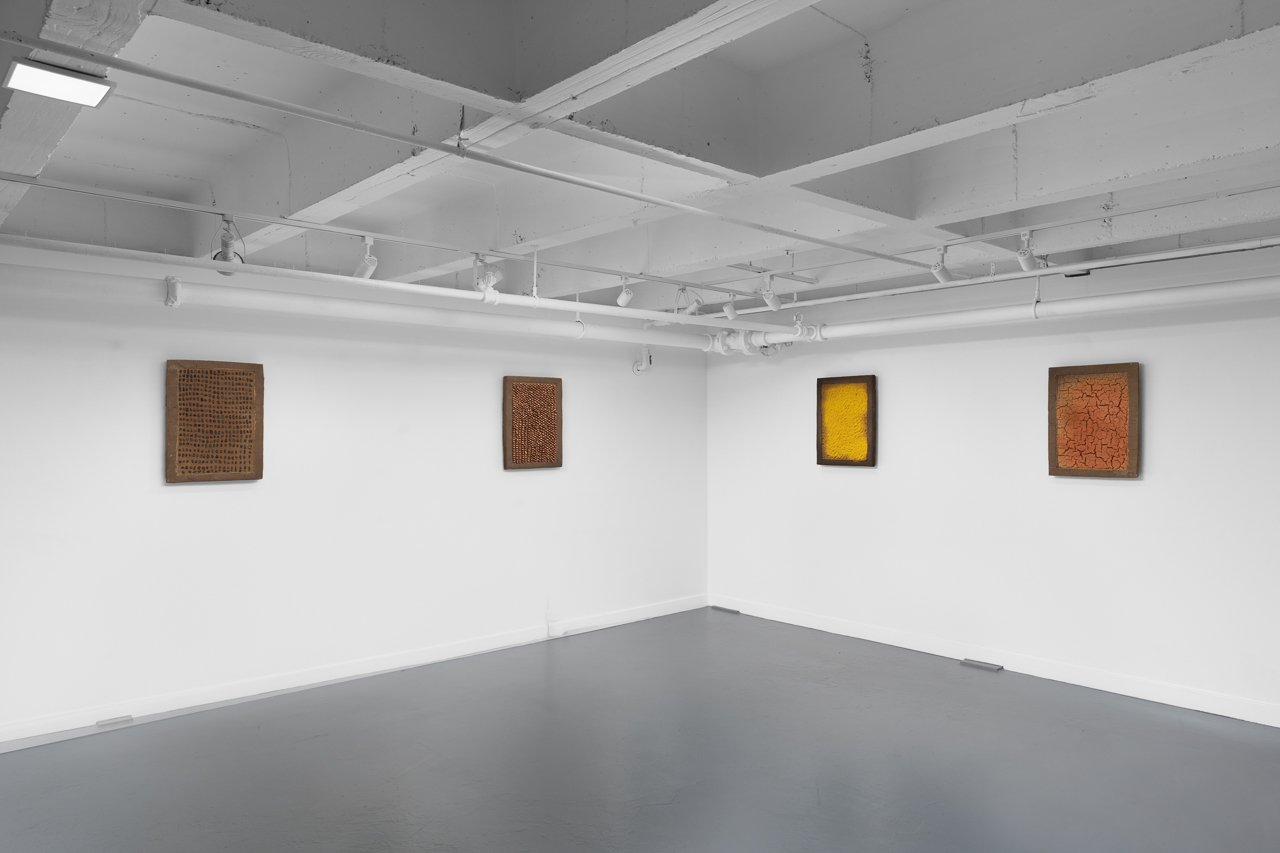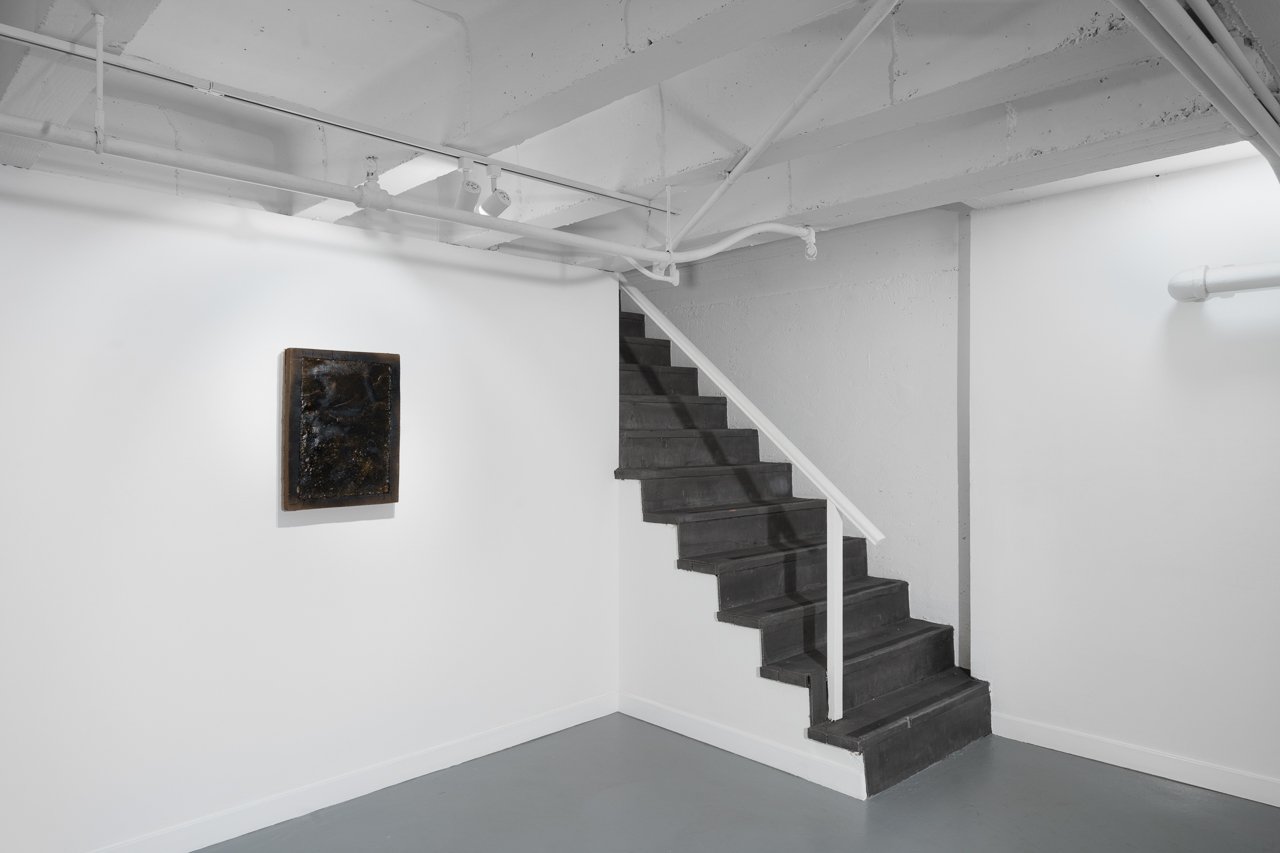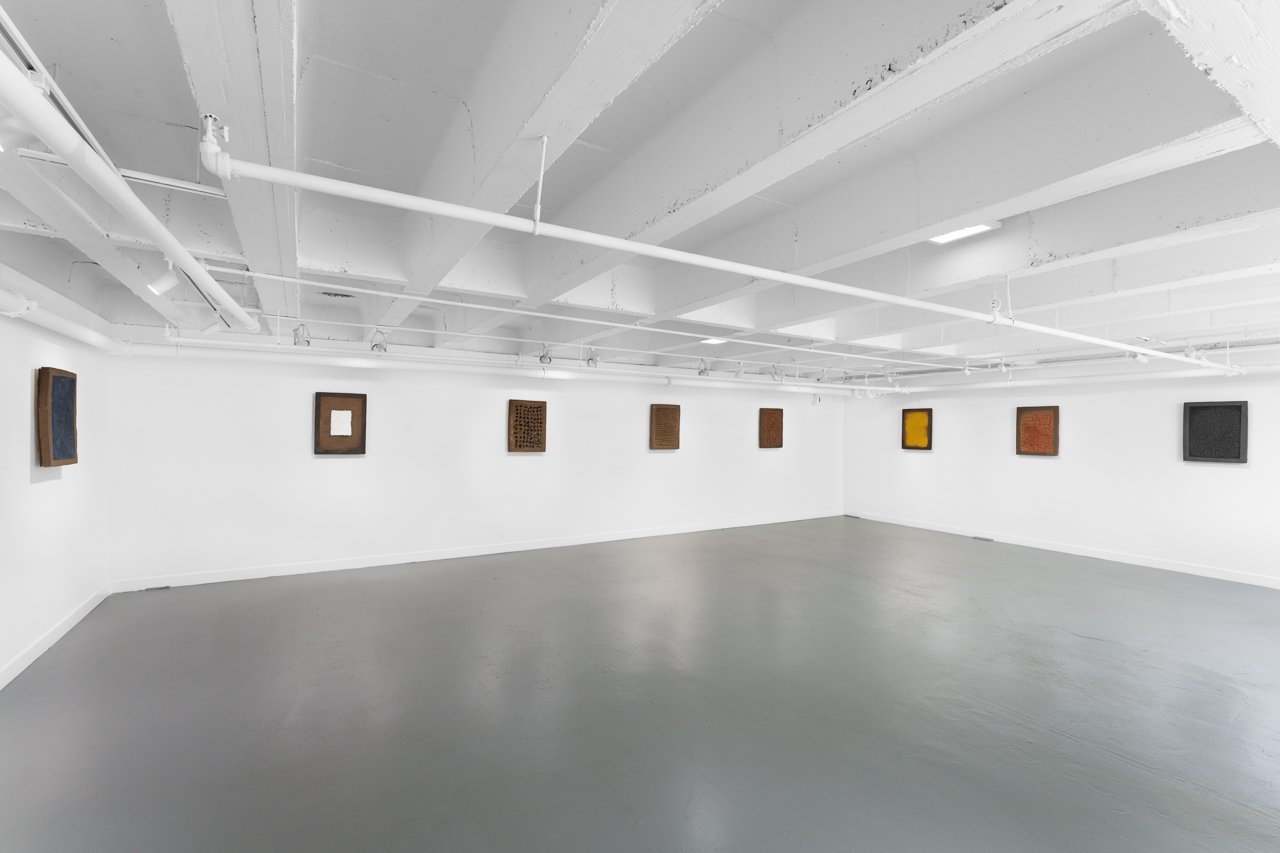Nuestro Norte siempre a sido el Sur
Jackie Amézquita
Nuestro Norte siempre a sido el Sur
969 chung king road
MAY 3 - JUNE 8, 2024
OPENING RECEPTION: may 3, 6-9pm
Charlie James Gallery is pleased to present Jackie Amézquita: Nuestro Norte siempre a sido el Sur (Our North Has Always Been The South), the artist’s first exhibition with the gallery and an expansion of Amézquita’s award-winning work featured in the Hammer Museum’s 2023 Made in LA biennial. Amézquita utilizes soil, fruit, masa, rainwater, copper, and other natural materials in works that speak to the complex histories of migration, the multivalent meanings of borders, and the many stories the land carries. The exhibition features innovative compositions on copper, obsidian, and earth, as well as works that push this medium towards larger, more colorful results. Accompanying the exhibition opening will be a performance that gathers artists from across the globe in a multi-dimensional, harmonized effort of mobility, migration and regeneration.
The centerpiece of the exhibition is bajo el cielo sobre el mismo suelo (2024), a fourteen-foot long, multipanel soil painting tracing the border between the U.S. and Mexico. The piece captures the palimpsest of hope and adversity, natural beauty and barbed enforcement that characterizes border crossings. Incorporating soils from the length of the border, Amézquita invites the memory of the land itself into the piece. Individual panels break down the idea of a monolithic border, instead offering closely observed and poignant scenes: a father with a child on his shoulders walks along train tracks, evoking two very different kinds of progress and mobility; a border checkpoint where coiled barbed wire frames a waving American flag; native flora and fauna that do their best to not respect the border at all. The work highlights the overlapping infrastructures of care and enforcement – the bridges and barbed wire – that make up the border at large.
Amézquita developed the process for her soil paintings over much trial and error, and must adapt it to best suit each new soil – works in the exhibition integrate soils from California, Arizona, New Mexico, and Texas. The finished surface is a mix of soil, masa, and rainwater; onto which Amézquita draws with a simple incised line reminiscent of pre-Columbian glyphs and writing systems. The paintings are then frozen, baked, limewashed, and framed in thin strips of copper. Working in this way allows Amézquita to connect with the land literally, but also places her work within an ancestral tradition of symbolic storytelling that stretches back to carved Mayan writing.
In Black Gold (2024), a smaller, nine-panel soil painting, Amézquita investigates our built environment, specifically California’s history of hiding urban oil derriks behind faux architecture. While documenting the often-concealed blight of urban drilling and the oil companies who profit off of polluting minority communities, Amézquita also celebrates the change that can come from protest and community organizing. The work is meant to be read in registers, the three rows representing past, present, and future, with organizers at the top pushing for an end to harmful practices. The panels are framed in copper, a metal with healing properties in traditional practice, alluding to a needed healing of both land and community.
Copper becomes the primary medium in el SUDOR de mi GENTE, a triptych of tall copper panels that retain the visual traces of bananas that have been left to rot on their surface. The process of decay creates a variety of blue-green patinas on the copper that bring to mind both landscapes and bodies, speaking to the historical toll of plantation farming on both the land and the people of Central and South America. The copper works play with the element of chance: the mark-making comes completely from the decomposition process over a period of months, with its attendant pests, dissolution, and deliquescence. The plates reside together in a contained state during this process, allowing for cross-pollination and movement of material and insects. Amézquita relates this movement to the migration of people in the Americas; a movement evident in the traces of labor, life, and death that are left behind.
The downstairs gallery contains a new kind of soil painting that incorporates novel materials and colors for the first time. This series is unique in Amézquita’s practice in its nod to more traditional painting, offering an earth-based minimalist abstraction infused with history and meaning. Each panel features an earthen frame around a colored surface made from mixed soil, rainwater, and crushed fossilized shell, plus one unique element that creates color, including copal, bee pollen, cochineal, achiote, and lava rock. These elements carry meanings and ceremonial import that date to the pre-Columbian era, and Amézquita invites them into the work as a way of connecting ecologies. She is interested in these historical techniques and materials, but also in methods of recording history and a connectedness with the earth that is native to the Americas.
como el agua que fluye (2024) will be performed at the exhibition opening. The work is a collaboration between Amézquita and 19 friends and artists who have been invited to symbolically join her on a walk from downtown Los Angeles to the gallery space. The route will be shared ahead of time and the public is encouraged to join Amézquita on her journey. Meanwhile, nine participants will complete the walk in their own location across the globe, which will be broadcast to the gallery via ten collaborators in the space. Each participant will count their steps in their own mother tongue as they walk. Viewers will witness this nonlinear action across time and space while at the same time a cleansing ritual will be performed in the gallery by Ever Velazquez.
PARTICIPANTS
Juana Dalila Alpacaja Tzunun | Totonicapan, Guatemala | Ki’che
Veneta Andova | Berlin, Germany | Bulgarian
Antje Behr | Berlin, Germany | German
JM del Bosque | Totonicapa, Guatemala | Spanish
Mehregan Meysami | Häringe Slott, Sweden | Persian
Marie HL/Marseille, France/ French
Sebestyén Fiumei | Bissau | Magyar (Hungarian)
Hsieh, Yung-Cheng | Taiwan | Mandarin
Neveen Zablah | Haifa, Jerusalem | Arabic
Jackie Amézquita (Quetzaltengo, Guatemala, b.1985) lives and works in Los Angeles, California. She is an artist with a multidisciplinary practice. Her research is articulated through the use of material and forms associated with pre-Columbian cultures. Amézquita creates public performances, installations, and objects that fuse indigenous mythologies with contemporary community engagement.
Amézquita received her M.F.A. from the University of California, Los Angeles, in 2022 and her B.F.A. from Art Center College of Design, Pasadena, CA, in 2018. She has exhibited with The Hammer Museum, LACE (Los Angeles Contemporary Exhibitions) CA, LAND (Los Angeles Nomadic Division) CA, 18th St Art Center CA, The Armory Center of the Arts CA, Vincent Price Art Museum CA, The Annenberg Space for Photography CA, Human Resources Los Angeles CA, MAD (Museum of Art and Design) NY. Amézquita is the recipient of the Mohn Public Recognition Award (2023), Mohn Land Award (2023), Andy Warhol Foundation for the Arts Los Angeles Art Fund (2022), and National Performance Network Fund (2022). Amézquita has been featured in the Los Angeles Times, ARTnews, and The Art Newspaper, LA. Weekly, hyperallergic, Walker Art Center magazine.


